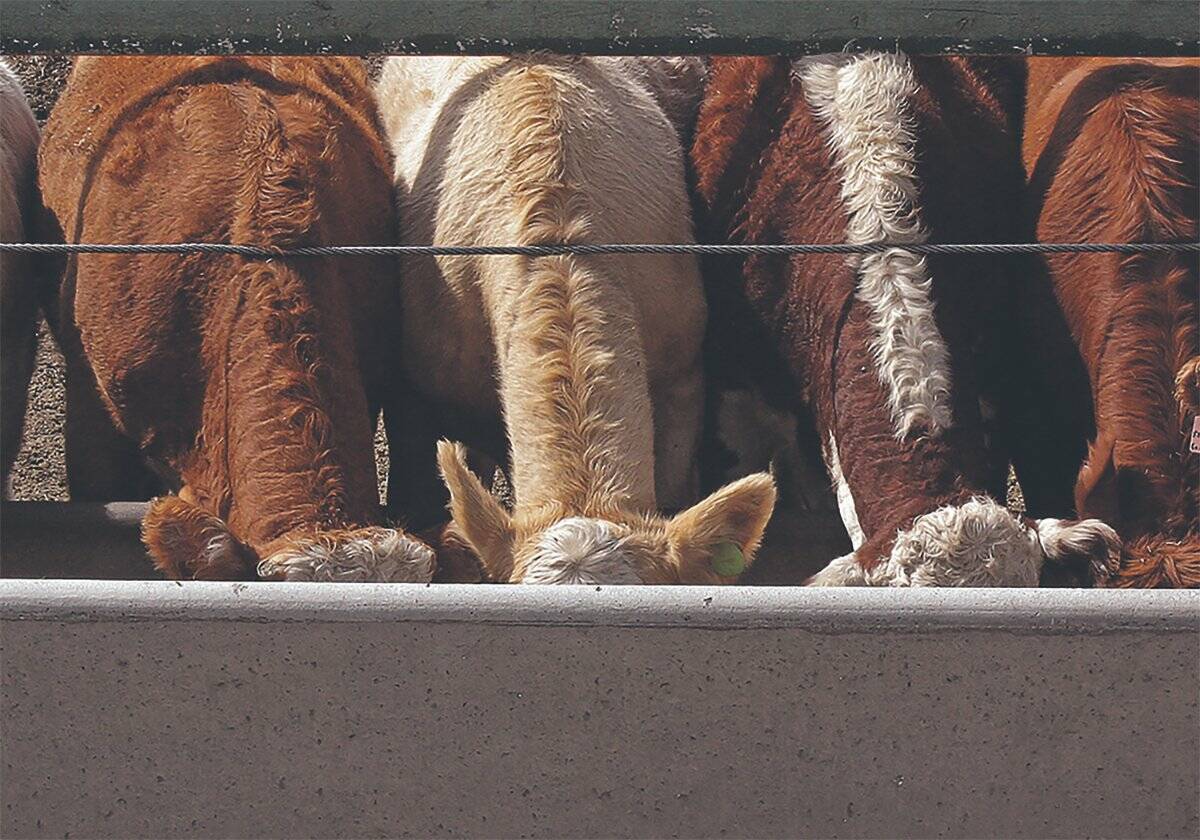HAMBURG, May 18 (Reuters) – The cool, dry start to spring has slowed European Union wheat growth but crops are generally in good shape after little winter frost damage, generating optimism for a decent harvest this summer, experts said on Wednesday.
Hopes for an early start to the harvest in the EU’s largest wheat producer France have all but gone after the cool spring.
After running far ahead of usual, French wheat development has returned to more normal rates.
Observers expect France’s crop to be lower than the record 41 million tonnes last year. But with a rise in sown area and good weather this summer, the harvest could still be large.
Read Also

Ample supplies and improved livestock sector to boost Canadian feed sector: FCC
Abundant feed grain supplies and improved profitability for the livestock sector should support strong feed demand and sales through the winter, says a new report from Farm Credit Canada.
French wheat is lush and high, making the crop outlook promising at this stage, said Philippe Gate of French technical institute Arvalis. But Gate stressed strong concern about disease especially yellow-dwarf virus, transmitted by aphids which survived the warm winter.
Yellow-dwarf can lead to crop losses but dry and warmer weather in the coming weeks would reduce potential damage, he said.
In the second largest producer Germany, wheat came through very cold weather in past weeks without damage but crop development is now sometimes behind the average, farm cooperatives said.
German farmers planted less wheat and more rapeseed than previously thought, and the 2016 wheat crop will fall 3.7 percent on the year to 25.57 million tonnes, co-operatives forecast.
But Britain’s wheat is in reasonable shape with development around normal and sown area seen little changed from last season.
“Given average conditions from now on, we would expect a similar size crop to last year,” said analyst Susan Twining of crop consultants ADAS. Britain had a wheat crop of 16.4 million tonnes last year.
“I think the soil moisture deficits are among the lowest we have had at this time of year which will help keep the crop growing if we go into a dry spell,” she said.
In the fourth largest producer Poland, wheat suffered from recent dryness following early winter damage from deep frosts.
Poland’s crop will fall about eight percent from 2015 to around 11 million tonnes, said Wojtek Sabaranski of analysts Sparks Polska.
“The second half of May is forecast to be rainy, so this may bring some relief to the crops, especially in the north,” Sabaranski said. “If realised, the crop would still be decent.”
















